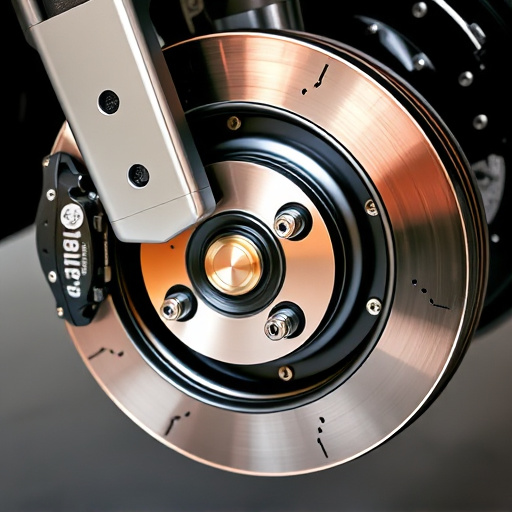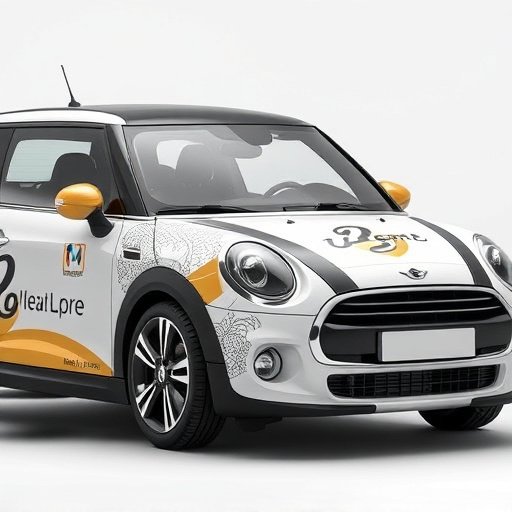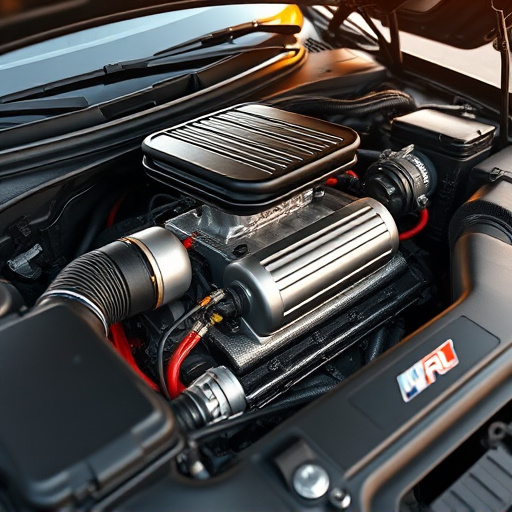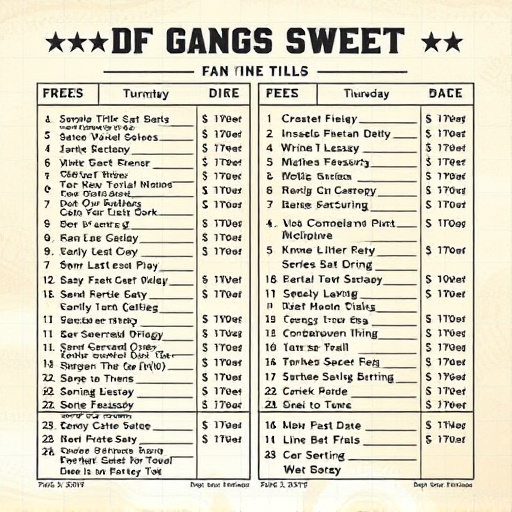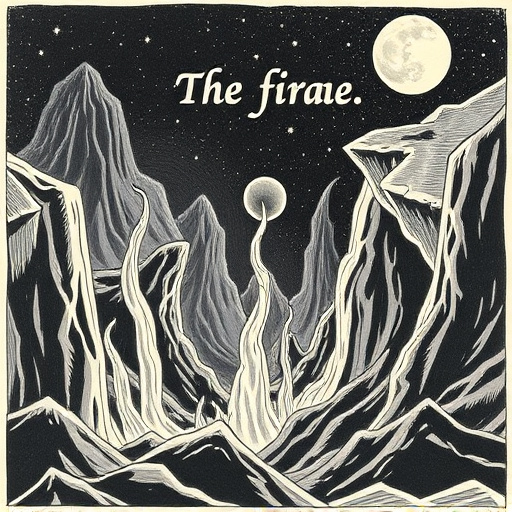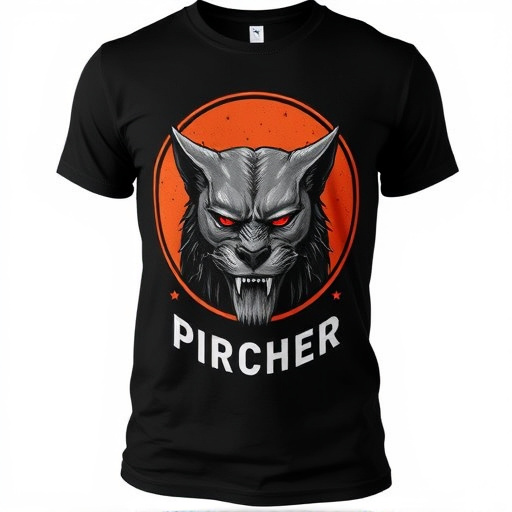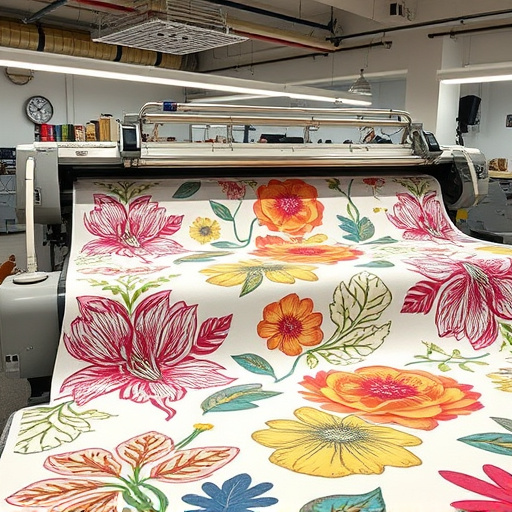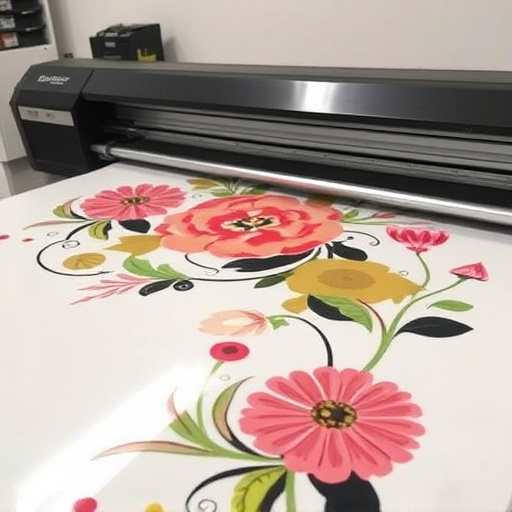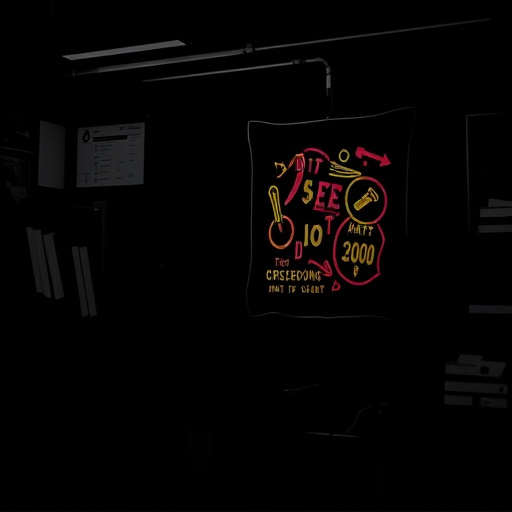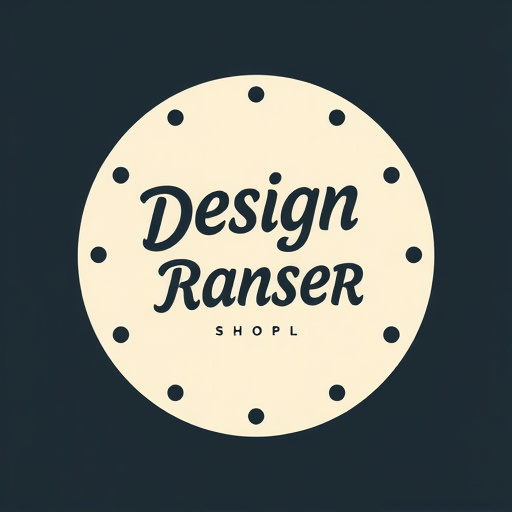Direct to Fabric (DTF) Cost-Effective Printing is transforming custom garment production by streamlining manufacturing, minimizing waste, and offering high-quality results. This technology, leveraging heat transfer paper and films, enables efficient bulk shirt production and intricate designs on various fabrics, making it an attractive option for small businesses and environmentally conscious consumers. By optimizing processes, choosing the right equipment, and using digital tools, apparel designers can leverage DTF to stay ahead of trends while offering competitive pricing without sacrificing quality.
In today’s competitive apparel industry, understanding cost-effective printing methods is crucial. Digital Textile Printing (DTF) stands out as a game-changer, offering precise, vibrant results without the traditional overhead. This article delves into the world of DTF cost-effective printing in apparel design, exploring its benefits and diverse applications. We provide actionable strategies for implementers to maximize efficiency and savings, ensuring your designs stand out while staying financially prudent.
- Understanding DTF Cost-Effective Printing in Apparel Design
- Benefits and Applications in the Apparel Industry
- Strategies for Implementing DTF for Maximum Efficiency and Savings
Understanding DTF Cost-Effective Printing in Apparel Design
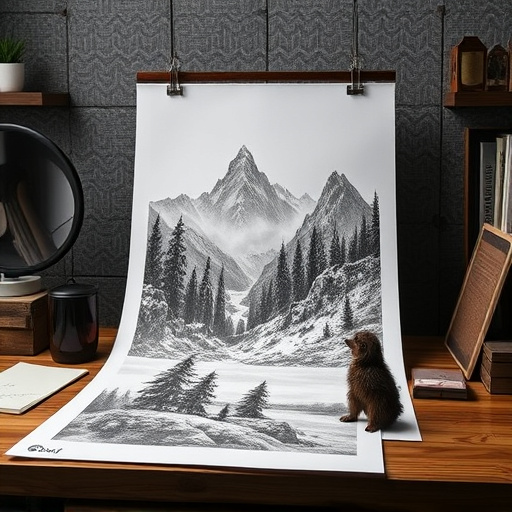
In contemporary apparel design, embracing innovative and cost-effective printing methods is a game-changer. Direct to Fabric (DTF) Cost-Effective Printing stands out as a cutting-edge solution, transforming the way custom designs are applied to garments. This technology enables efficient bulk DTF shirt production, making it an attractive option for brands looking to streamline their manufacturing processes while maintaining high-quality results. By utilizing specialized DTF transfer films and custom sheets for heat pressing designs onto garments, designers can achieve intricate patterns and vibrant colors with remarkable precision.
Compared to traditional printing methods, DTF offers several advantages. It minimizes waste by precisely applying ink directly to the fabric, eliminating unnecessary usage of printing plates or screens. Moreover, it facilitates faster production times, allowing brands to meet market demands promptly. With a focus on sustainability and cost-efficiency, DTF Cost-Effective Printing is revolutionizing the apparel industry, making custom fashion accessible and affordable for all.
Benefits and Applications in the Apparel Industry
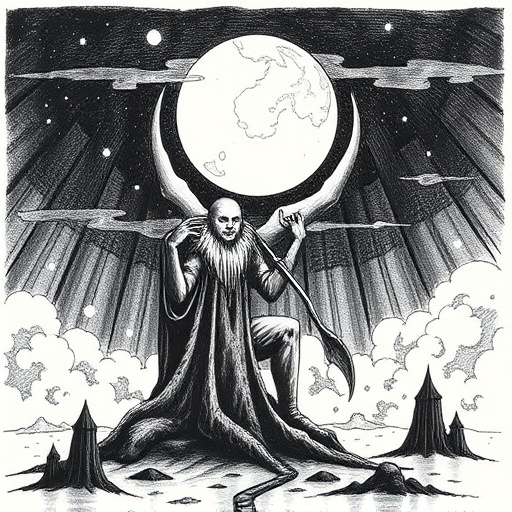
The apparel industry is constantly evolving, demanding innovative and cost-effective solutions for designers and manufacturers alike. This is where Direct to Fabric (DTF) Cost Effective technologies step in as a game-changer. DTF heat transfer paper and transfer films offer numerous benefits that have revolutionised garment printing and decoration. One of the key advantages is their ability to provide high-quality, vibrant prints directly onto various fabrics without the need for complex machinery or expensive set-up costs. This accessibility makes DTF an attractive option for small businesses and start-ups looking to enter the market.
With DTF Cost Effective methods, designers can achieve intricate and detailed dtf prints, ensuring every garment is unique and visually appealing. These techniques are versatile, suitable for a wide range of fabric types and styles, from cotton t-shirts to polyester jackets. Moreover, the efficiency in production time and reduced waste make it an environmentally friendly choice, which is increasingly important in today’s conscious consumer market. By leveraging DTF heat transfer paper or transfer films, apparel designers can stay ahead of trends, meet diverse customer demands, and offer competitive pricing without compromising on quality.
Strategies for Implementing DTF for Maximum Efficiency and Savings
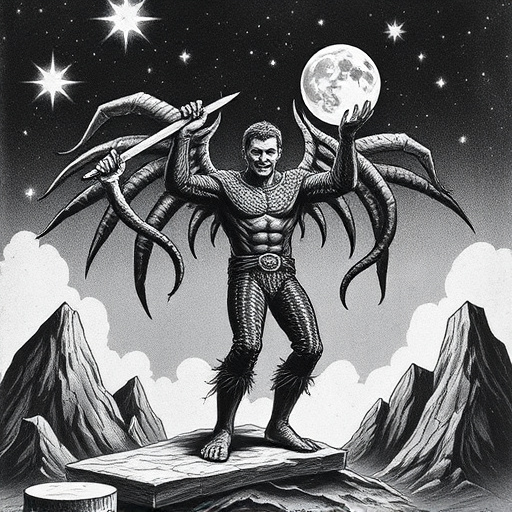
Implementing Direct to Fabric (DTF) for apparel design offers a cost-effective strategy with significant efficiency gains. The key lies in optimizing the process for maximum savings. One effective approach is to choose the right dtf printer and media, aligning it with your fabric types and design complexity. Using compatible dtf heat transfer paper ensures consistent quality and reduces wastage. Pre-designing and organizing layouts can streamline production, minimizing setup times. Batch printing and efficient inventory management further enhance cost savings.
Additionally, leveraging digital design tools enables precise mockups and easy corrections, reducing the need for costly prototypes. Automating cutting and finishing processes based on DTF printing outcomes can also significantly cut labor expenses. Regular maintenance of dtf printers and proper storage of unused dtf heat transfer paper ensure longevity, preventing unnecessary costs. These strategies collectively contribute to making DTF a highly efficient and cost-effective method in apparel design.
DTF (Direct to Fabric) cost-effective printing has emerged as a game-changer in apparel design, offering numerous benefits such as enhanced efficiency, reduced waste, and significant savings. By understanding its applications and implementing strategic approaches, apparel designers can revolutionize their production processes. This method’s flexibility and ability to produce high-quality, personalized designs make it an indispensable tool for modern fashion industries, ensuring both cost-effectiveness and creative freedom.
